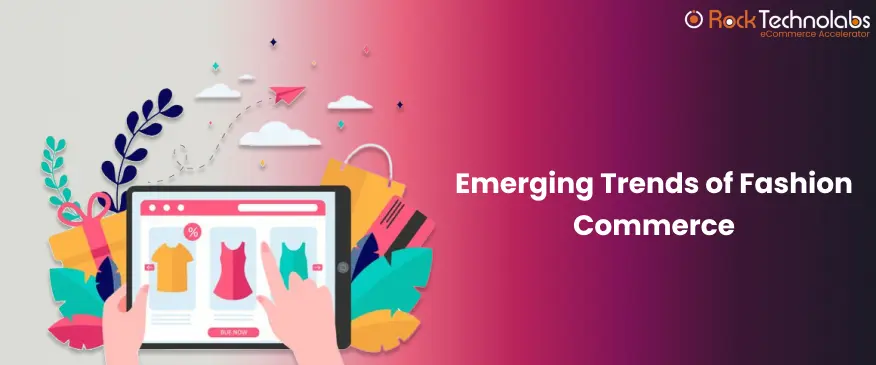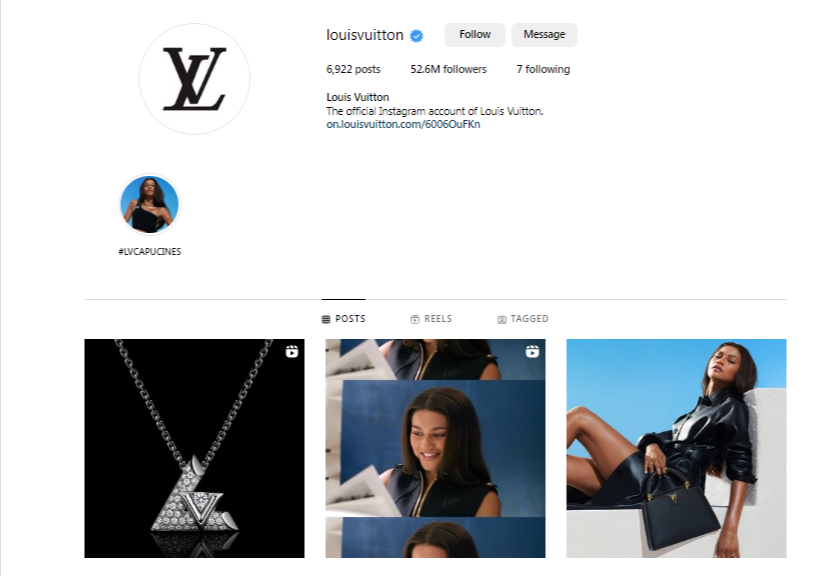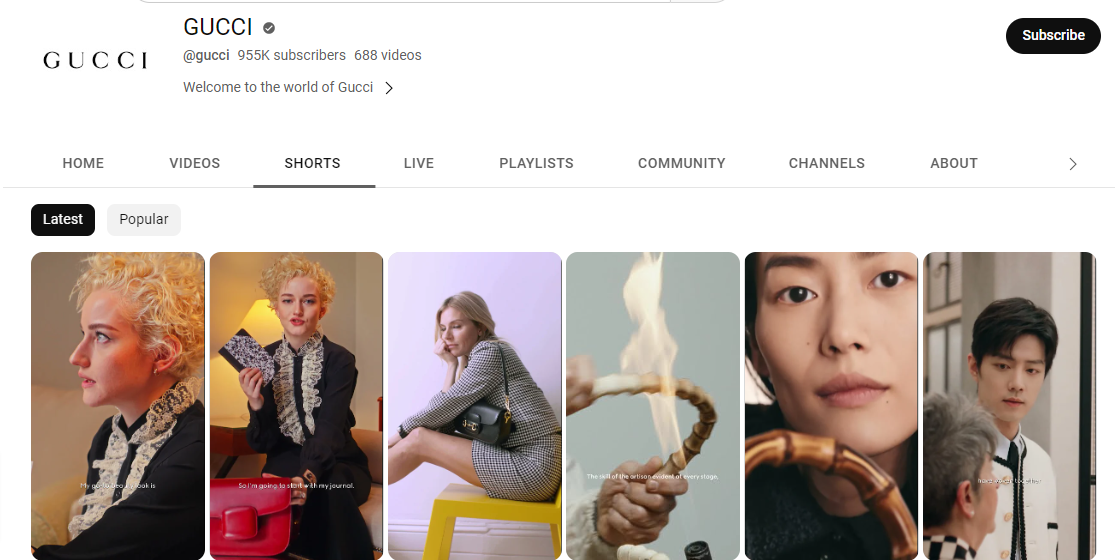Top Fashion Ecommerce Trends of 2023

The Ecommerce Fashion industry is again gaining a boost after the pandemic, as now customers have increasing demands from sellers. Plus, many brands have tightly held their ground in the fashion ecommerce space. If we talk about the resale market, it was grown by 24% in 2022 globally and is expected to be at a $218 billion market valuation by 2026.
Moreover, according to Statista, in 2021, the global fashion ecommerce market was valued at $ 700 billion, and this number was expected to rise by approximately 1.2 trillion U.S. dollars in 2025. So online merchants who deal in the fashion industry can expect what comes next.
However, this will also give rise to tough competition in the upcoming days, and more and more sellers will try to sell their products. Now, it’s just not about what garments or accessories your competitors are producing and selling in the land of ecommerce. It is also about what strategies and trends they apply that make them 10x more sales.
As marketing shifts and consumers’ demands change more frequently than their clothes, ecommerce fashion brands should evolve too. So to beat the competition or to stay at the top, you have to do something your competitors are either missing or not doing at all.
You can check beautifully designed online clothing stores that know how to sell, but you know what? There are many more in marketing who neither understand their target audience nor know how to fill the gap to get more conversions.
Also Read: How to Increase Sales of an Online Clothing Store?
That’s why today we will teach you how to fill this gap through the fashion ecommerce trends of 2023, so you can eat a slice of the big pie in the fashion marketplace.
What are the Current Trends in Fashion Industry?
Super Personalized Shopping Experience
The more personalized your ecommerce fashion website will be, the best you will be able to add value to the customer’s journey. This strategy is considered as most effective for building brand loyalty, thus resulting in higher customer retention and increased revenue. This strategy can be implemented effectively by utilizing the customers’ data that a business can acquire through running multiple campaigns on multiple platforms. The more information you gather, the more personalized your products will be.
Through personalization, you can display various product suggestions to your customers at different points in the different customer journeys. Even you can retarget shoppers with personalized emails, & what’s app messages or when they abandon carts based on their experience in your store.
Note – Consumers nowadays are becoming more aware of their privacy, so you have to keep a limit. Otherwise, super hyper-personalization can result in an increase in the cart abandonment rate. So learn to keep that fine line while executing personalization.
Also Read: How Can Adobe Commerce Help to Create The Great Customer Experiences?
Virtual AR & VR fitting Rooms
Even if the size chart is given, the concern of every online shopper is whether it will fit them or not, and this problem forces them to visit the offline store in their locality, which becomes a challenge as ecommerce fashion & apparel brands lose some of their potential customers. But to solve this problem, AR & VR fitting rooms came as a saver that allows shoppers to try various items virtually. These technologies use measurements to detect the customer’s contour and showcase an almost life-like view in size, color, & style.
According to recent data, the worldwide virtual fitting room market is predicted to grow by $14.87 billion in 2029; that’s why brands like Walmart are investing in this technology. Most VR rooms use augmented reality in which a person’s body is scanned 360 degrees to get a 360-degree 3d model, whereas some use AI to take body measurements and create a full-body 3d model. Every online store owner must leverage this tech before rivals start outranking you.
Stores Exploring Metaverse
Our digital world is evolving from 2d dimension into 3d multidimensional. Metaverse is still in a developmental phase, which will be used in upcoming future to do daily activities like connecting with friends/relatives, purchasing online products, and playing games with the help of AR & VR technology. And it is assumed that it will have exponential growth in the upcoming years.
Non-Fungible Tokens (NFTs) will be used in and out of Metaverse, which is owned by one person and paid in virtual currency, such as crypto coins. These fashion NFTs will govern the ownership right of in-game items, videos, or images.
After-Many brands have already started to explore this new fashion ecommerce trend of 2023, including Under Armour, Forever 21, PrettyLittleThings, and others; using Metaverse development, fashion companies are becoming more creative to offer an exceptional experience to their buyers. Fashion brands are partnering with Roblox (video game developer) to create such experiences, which is an exciting way to give a completely unique experience to buyers, and shortly, we all will be part of this fantastic technology.
Focusing More Towards Social Commerce:
According to a forecast by Statista, global sales of social media platforms would be around 2.9 trillion U.S. dollars by 2026. Even if you just ignore this data, you can notice how social media has become an integral part of the fashion ecommerce industry as we are glued to social media channels; it is not entirely a place to just be inspired by current fashion trends, instead we love to directly purchase from these platforms (such as Instagram, TikTok & Facebook).
Surprisingly, for many fashion brands, it becomes a place of having another online store as these social platforms have their own ecommerce features to display products. As per the recent study done by Wyzowl, 91% of shoppers want to see more online video content from brands for which social platforms take a big share;
Louis Vuitton, the brand utilizes influencer marketing, it becomes a plus point as people trust their favorite influencer.
Brands are also seeing up to 30% conversion rate in those who are harnessing livestream selling strategies, resulting in lower product return rates by shoppers. If you haven’t started with social commerce, execute this trend as soon as possible to see the increasing ROI from today itself.
More Creation of YouTube Shorts
YouTube shorts is a kind of new TikTok version which is gaining the eyeballs of many brands and companies to create short-form content on YouTube. Many globally popular brands use Nike, American Eagle, Gucci, Louis Vuitton, Skims, & Christian Dior to increase their brand awareness. As YouTube Shorts rolled out in 2021, then its in-built feature “shorts” got over 30 billion daily views worldwide as per the data of Company News.
This came as a great opportunity for fashion brands to introduce themselves in short-form content, which can gain massive attention from prospective customers and also help them to gain more visibility in the world’s largest search engine without investing too much time & effort in long-form content, furthermore results in boosting sales and increasing brand awareness.
Also, Shopify & YouTube has collaborated that offers merchants the ability to connect with their customers, share content, and a platform to make more sales via the launch of YouTube Shopping on Shopify. Now you can pin products next to your videos with all up-to-date product details via automatic catalog sync, create a live shopping experience, and track/manage your sales.
Second-hand Apparel Selling
Second-hand clothing is becoming a worldwide trend and is expected to grow 3x faster than the overall global apparel market. According to ThredUp, Northern American consumers have grown 8x faster than the overall apparel market, and 70% of consumers agreed that it is easier to shop second hand as compared to it was 5 years ago.
According to a study done by McKinsey, in the US, 76% of Gen Z and 79% of Millennials are withdrawing their savings, searching for additional jobs, & taking on credit to manage their finances, so they are seeking recycled and resale products to save more. And as per ThredUp research, it is shown that 63% buy resale to save their funds.
So some brands understand these consumer demands, like Dôen (a California-based brand), which introduced a resale program that allows shoppers to return pre-owned apparel in exchange for store credit. This market has a remarkable future, and ecommerce fashion brands can start this to scale their business in the long run.
Future of Fashion Commerce is Interesting
The state of fashion ecommerce trends is changing more frequently than ever; due to this, fashion retailers have to make changes to keep pace with current trends in the fashion industry by making the most out of technology and data. Only those can be successful in the future who transition themselves as per the environment demands, others just fall behind.
All the trends mentioned above are precious if any brands execute them to achieve greater heights. Combing personalization, VR/AR, and reselling can do magic for your fashion business with affordable costing, fun, and a more pleasing shopping experience, thus working as a solution to achieve your brand objectives.
In case you want to establish your digital commerce store; we can support you with this we have helped businesses to become a brand with top-notch Shopify & Magento 2 development services; let us know if you are interested or send us a mail!





